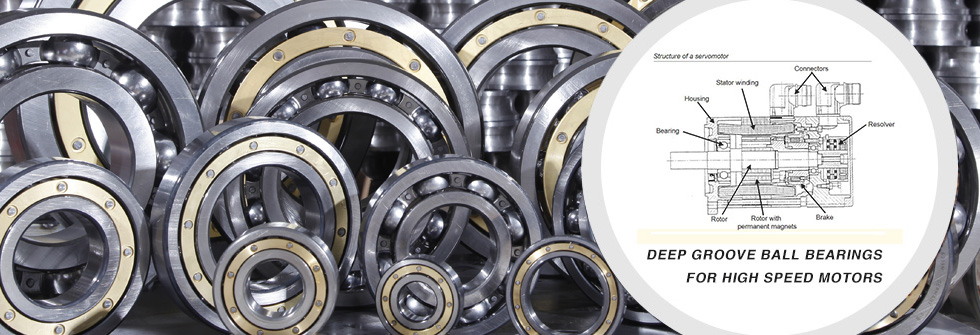Methods for Shaft-current-mitigation
2015-12-15Although there are a number of technologies available to protect AC-motor bearings from damage caused by shaft currents, few meet all of the criteria of effectiveness, cost, and application versatility.
Faraday shield
The faraday shield prevents a VFD current from being induced onto a shaft by effectively blocking the current with a capacitive barrier between the stator and rotor. However, this solution is difficult and expensive to implement and generally has been abandoned as a practical solution.
Insulated bearings
Insulating material, usually a nonconductive resin or ceramic layer, isolates bearings and prevents shaft current from discharging through them to a frame. This forces current to seek another path to ground, such as through an attached pump or tachometer or even the load. Because of the high cost of insulating bearing journals, this solution generally is limited to larger-sized National Electrical Manufacturers Association (NEMA) motors. Sometimes, high-frequency VFD-induced currents actually pass through the insulating layer and cause bearing damage anyway. Another drawback is the potential for contaminated insulation, which can establish a current path through bearings over time.
Ceramic bearings
The use of nonconductive ceramic bearings prevents the discharge of shaft current. As with other isolation measures, shaft current will seek an alternate path to ground. This technology is costly. In most cases, motors with ceramic bearings must be special ordered and have long lead times. In addition, because ceramic bearings and steel bearings differ in compressive strength, ceramic bearings usually must be resized to handle mechanical static and dynamic loadings.
Conductive grease
In theory, because this grease contains conductive particles, it would provide a lower-impedance path through bearings and bleed off shaft current through bearings without a damaging discharge. Unfortunately, the conductive particles in these lubricants increase mechanical wear of bearings, rendering the lubricants ineffective and often causing premature failures. This method widely has been abandoned as a viable solution to bearing currents.
Grounding brush
A metal brush contacting a motor shaft is a more practical and economical way to provide a low-impedance path to ground, especially for larger NEMA-frame motors. However, these brushes pose several problems of their own:
- They are subject to wear because of the mechanical contact with the shaft.
- They collect contaminants on their metal bristles, which destroys their effectiveness.
- They are subject to oxidation buildup, which decreases their grounding effectiveness.
- They require maintenance on a regular basis, increasing their cost.
This new approach involves the use of a ring of specially engineered conductive microfibers to redirect shaft current and provide a reliable low-impedance path from shaft to frame, by passing motor bearings entirely. The ring's electron-transport technology uses ionization principles to boost the electron-transfer rate and promote efficient discharge of high-frequency shaft currents induced by VFDs. With hundreds of thousands of discharge points, an SGR channels shaft currents around AC motor bearings and protects them from electrical damage. An SGR is a low-cost solution that can be applied to almost any size AC motor in almost any VFD application.
An SGR offers a combination of benefits, including scalability, easy installation and maintenance, low cost, and high return on investment.











